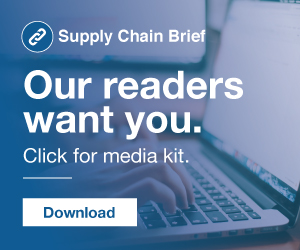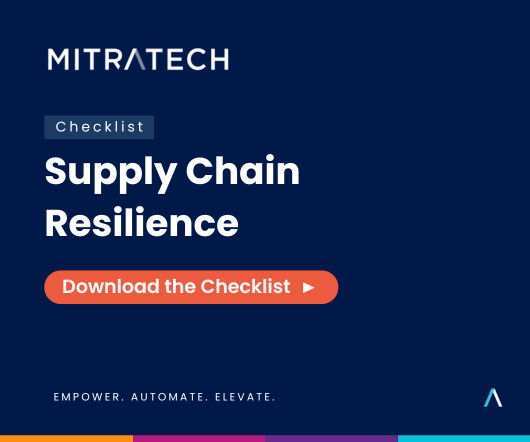Simplicity is beauty in the crazy world of procurement automation
Claritum
MARCH 29, 2019
Claritum Article - Procurement Blog. Contents. 1. Introduction. 2. Crazy World of Procurement. 3. Automation in this Crazy World. 4. Single or multiple eProcurement platforms? 5. Summary. 6. Further Reading. 1 Introduction. Assessing procurement automation solutions and service providers often includes comparison of features and functions, with weighting being given to those systems that have more features.







































Let's personalize your content